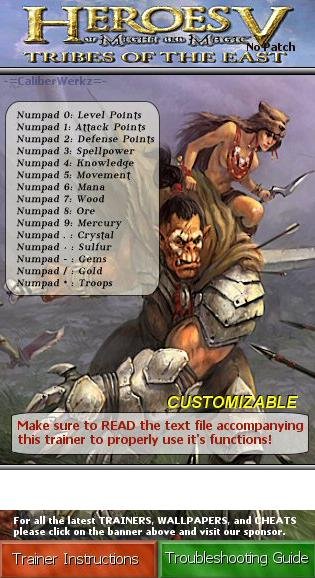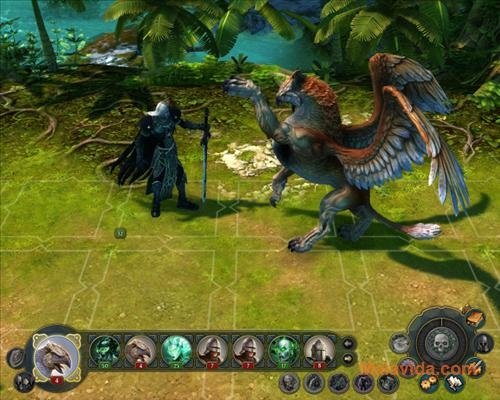
 Also, as expected, the reduction in pain was caused by changes in fearful pain beliefs/pain avoidance. Pain-free: 33 of 50 participants (or 66%) in the treatment group were pain-free or nearly pain-free (reporting a pain score of 0 or 1 of 10), compared with 10 of 51 participants (20%) randomized to placebo, and 5 of 50 participants (10%) randomized to usual care. Also these differences were maintained even after 1 year. Pain reduction: The pain showed a large reduction in the treatment group compared to the placebo and usual care as shown in the graph here. The results were impressive to say the least, and are rarely seen in low back pain treatments. Primary outcome: The primary outcome used a pain scale rating from 0 -10 measured after 1 month, and followed for a year. Comparison groups: The 2 groups were standard care (no treatment), and a placebo group which got a saline injection. The treatment is about changing patients’ beliefs about the causes and threat value of pain. The therapy involved 8 1-hour sessions twice weekly for 4 weeks. The intervention shares some concepts used in modern pain science & cognitive behavioral therapy. Intervention group: They were randomized to an intervention that involved treating chronic pain as a "brain-generated false alarm". So I would say people with moderate chronic pain. And they had the pain for a mean duration of 10 years.
Also, as expected, the reduction in pain was caused by changes in fearful pain beliefs/pain avoidance. Pain-free: 33 of 50 participants (or 66%) in the treatment group were pain-free or nearly pain-free (reporting a pain score of 0 or 1 of 10), compared with 10 of 51 participants (20%) randomized to placebo, and 5 of 50 participants (10%) randomized to usual care. Also these differences were maintained even after 1 year. Pain reduction: The pain showed a large reduction in the treatment group compared to the placebo and usual care as shown in the graph here. The results were impressive to say the least, and are rarely seen in low back pain treatments. Primary outcome: The primary outcome used a pain scale rating from 0 -10 measured after 1 month, and followed for a year. Comparison groups: The 2 groups were standard care (no treatment), and a placebo group which got a saline injection. The treatment is about changing patients’ beliefs about the causes and threat value of pain. The therapy involved 8 1-hour sessions twice weekly for 4 weeks. The intervention shares some concepts used in modern pain science & cognitive behavioral therapy. Intervention group: They were randomized to an intervention that involved treating chronic pain as a "brain-generated false alarm". So I would say people with moderate chronic pain. And they had the pain for a mean duration of 10 years.  Population: 151 individuals between 21 to 70 years with back pain for at least half the days of the last 6 months and with an pain intensity score of 4 of 10. So the focus should be on lowering this hyper-sensitized nervous system or lowering the threat in your brain.
Population: 151 individuals between 21 to 70 years with back pain for at least half the days of the last 6 months and with an pain intensity score of 4 of 10. So the focus should be on lowering this hyper-sensitized nervous system or lowering the threat in your brain. 
Why? The pain is coming from your sensitized nervous system or brain. If you haven't read the articles, here is a very brief summary: In majority of chronic back pain conditions, the pain tissue/injury has healed, but the pain still lingers. Ever since I wrote those articles, I was patiently waiting for a major study to actually show that this indeed works. A year later, I wrote another article - What should fitness professionals understand about pain - further elaborating on these concepts. If you have been following me, you should be familiar with my writings on pain: In 2012, I wrote an article about my low back pain titled " A Revolution in the Understanding of Pain and Treatment of Chronic Pain" which was very popular in the fitness/strength & conditioning community. Can we ‘train the brain’ to treat chronic low back pain?







 0 kommentar(er)
0 kommentar(er)
